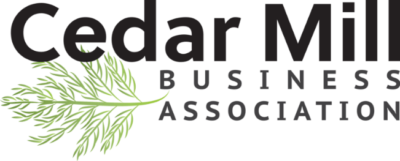To make sure this happens, we must translate the image by nW/2 - cX, nH/2 - cH where cX, cH are the previous centers. To sum this up, we put the code responsible for rotating an image in a function rotate_im and place it in the bbox_util.py In these object detection tasks, oriented bounding boxes (OBBs) are widely used instead of horizontal bounding boxes (HBBs) because they can better align the objects for ⦠The bounding box is rectangular, which is determined by the x and y coordinates of the upper-left corner of the rectangle and the such coordinates of the lower-right corner. Parameters. Implement Random Rotate Data Augmentation Rotated_IoU | #Computer Vision | Differentiable IoU of rotated ⦠Augmentations (albumentations.augmentations) â ⦠In object detection, we usually use a bounding box to describe the spatial location of an object. Tensor â a BoolTensor which represents. ⦠A slight angle deviation leads to important Intersection-over-Union (IoU) drop, resulting in inaccurate object detection, especially in case of large aspect ratios. Parameters ----- corners : numpy.ndarray Numpy array of shape `N x 8` containing N bounding boxes each ⦠class albumentations.augmentations.geometric.rotate.SafeRotate (limit=90, interpolation=1, border_mode=4, value=None, mask_value=None, always_apply=False, p=0.5) [view source ⦠Notably, for object detection problems, the bounding box must also be updated to encompass the resulting object. The polygons are used to determine the rotated bounding boxes. BBAug: A Package for Bounding Box Augmentation in PyTorch

